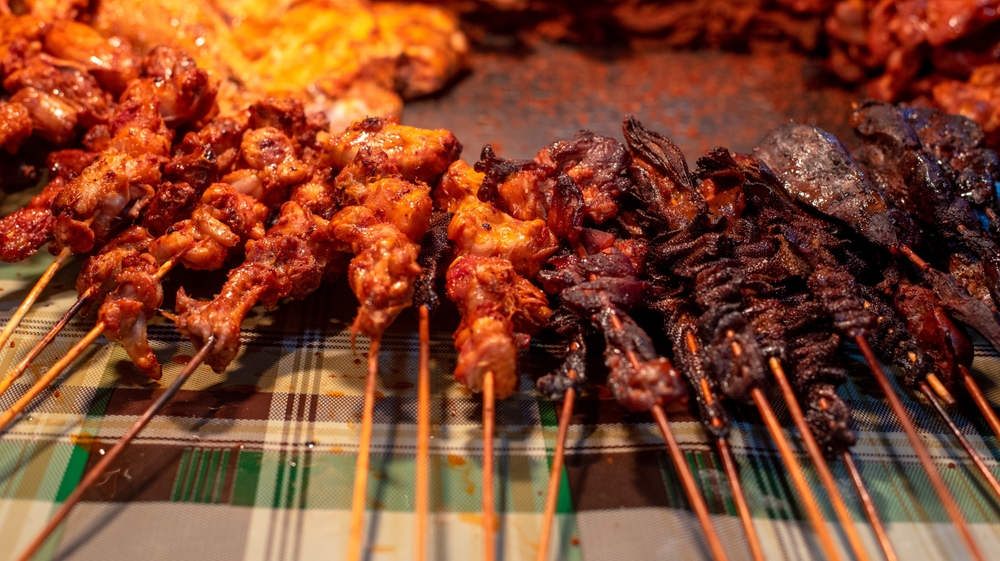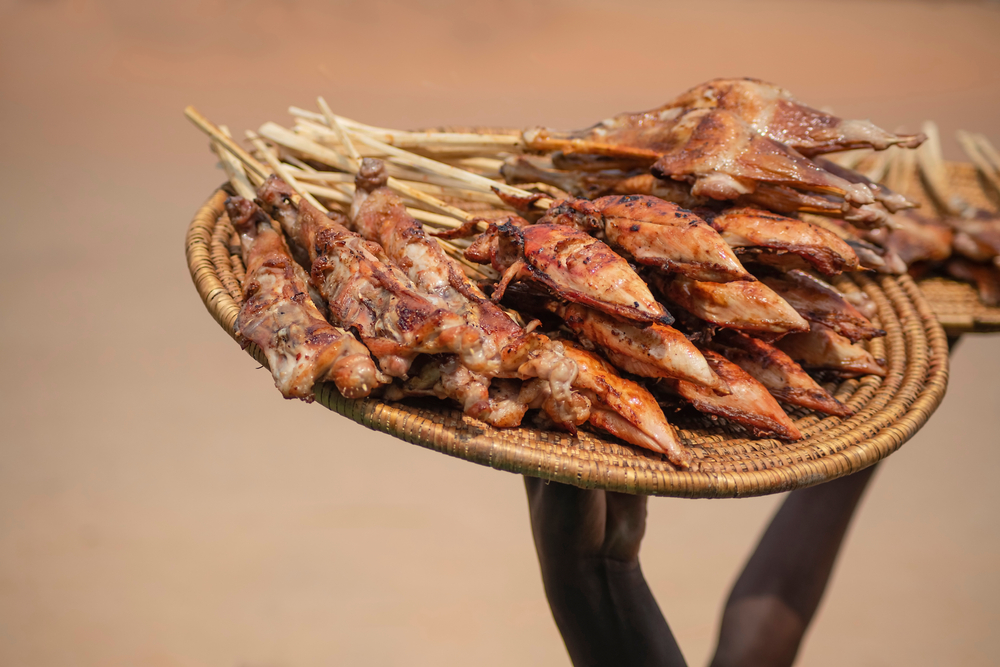Introduction to African Street Food
Street food is more than just a meal; it’s an experience. Across the vast continent of Africa, each region offers its unique street food delicacies that are reflective of its culture, history, and culinary traditions. From bustling markets in Cairo to the lively streets of Nairobi, the African street food scene is a culinary adventure waiting to be explored.
Why African Street Food is a Must-Try
African street foods provide a direct window into the heart of the region’s culinary traditions. Every bite tells a story of age-old recipes passed down through generations, the diverse range of ingredients found across the continent, and the innovation of local chefs who constantly reimagine these dishes for the modern palate.
Top Street Foods to Dive into by Region
North Africa’s Street Food Delights: From Tunisian Brik to Egyptian Ta’amiya
- Brik (Tunisia): A thin pastry wrapped around a filling, typically egg, and deep-fried to crispy perfection.
- Ta’amiya (Egyptian Falafel): Made from fava beans and herbs, these deep-fried balls are a staple in Egyptian street food culture.
- Merguez Sausages (Algeria & Tunisia): Spicy lamb sausages often grilled and served in a bun or with flatbread.
West Africa’s Roadside Culinary Gems: From Nigerian Akara to Ghanaian Kelewele
- Akara (Nigeria): Deep-fried bean cakes crafted from black-eyed peas and spices, crispy on the outside and soft within.
- Kelewele (Ghana): Spicy fried plantains that offer the perfect balance of heat and sweetness.
- Suya (Nigeria): Grilled meat skewers coated in spicy peanut mixture, a popular night-time treat.

East Africa’s Tantalizing Treats: From Kenyan Samosas to Tanzanian Zanzibari Pizza
- Samosa (Kenya): A crispy pastry filled with meat, vegetables, or lentils. While it has Indian roots, it has been fully embraced and localized in East Africa.
- Zanzibari Pizza (Tanzania): Not your typical pizza, this treat is made with thin dough filled with meat, vegetables, or sweet fillings, then folded and fried.
- Nyama Choma (Kenya & Tanzania): Literally translating to “roast meat”, it’s a communal feast of grilled meat, often enjoyed with sides like Ugali.

Southern Africa’s Street Bites: From South African Bunny Chow to Zimbabwean Kapenta with Sadza
- Bunny Chow (South Africa): A fusion of Indian and African flavors, it consists of a hollowed-out loaf of bread filled with curry, originating from Durban’s Indian community.
- Kapenta with Sadza (Zimbabwe): Dried small fish, often fried and served with Sadza, a maize porridge staple.
- Boerewors Roll (South Africa): A popular South African sausage served in a hot dog bun with various toppings and condiments, often enjoyed at barbecues and sporting events.

Central Africa’s Snack Sensations: From Cameroonian Makouda to Congolese Moambe Chicken Wings
- Makouda (Cameroon): Deep-fried potato balls that are golden on the outside and soft in the center, often served with spicy sauce.
- Moambe Chicken Wings (Congo): A popular street snack version of the traditional Moambe chicken dish, these wings are coated in a rich palm nut sauce.
- Liboké (Congo & Gabon): A method of cooking where ingredients are wrapped in banana leaves and steamed, often containing fish, meat, or vegetables.
Essential Tips for Savoring African Street Foods
Choose Busy Stalls for the Freshest Flavors
Selecting stalls that have a high footfall ensures that the food turnover is quick, keeping ingredients fresh and reducing the risk of foodborne illnesses.
Always Prioritize Cleanliness and Hygiene
While it’s tempting to dive into any street food stall, it’s essential to observe the vendor’s hygiene practices. Ensure that food is covered, and tools and hands are clean.
Dive into the Local Experience: Understanding Eating Etiquettes
Each region may have its unique eating etiquette. For instance, in many places, it’s customary to eat with the right hand. Familiarizing yourself with these practices enriches the street food experience.
Conclusion: African Street Foods – A Gastronomic Journey
From the spicy merguez sausages of North Africa to the flavorful Moambe chicken wings of Central Africa, the continent’s street food scene is a testament to its rich culinary diversity. Whether you’re a seasoned traveler or a curious foodie, these delectable bites promise a memorable gastronomic journey. So, the next time you find yourself wandering the streets of an African city, follow the tantalizing aromas and let your taste buds explore!
Frequently Asked Questions about African Street Foods
1. What are the most popular street foods in Africa?
Some of the most popular street foods include Jollof rice, Akara, Suya, Samosa, Bunny Chow, and Brik. However, favorites can vary widely by region.
2. Is street food safe to eat in Africa?
Like anywhere in the world, street food safety varies. It’s advisable to choose busy stalls with a high turnover of food and observe the vendor’s hygiene practices.
3. Are there vegetarian or vegan street food options in Africa?
Yes, many African countries offer vegetarian or vegan street foods, such as Egyptian Ta’amiya (falafel), Kenyan Samosas, and Tunisian Brik with different fillings.
4. How much does street food typically cost in Africa?
The cost varies by country and city, but generally, street foods are an affordable dining option. In most places, you can get a fulfilling meal for just a few dollars.
5. What drinks are commonly served with African street foods?
Popular drinks include ginger beer, palm wine, hibiscus tea, and malt drinks, among others. Each region has its specialty beverages that complement the food.
6. How can I learn about the cultural significance of different street foods?
Engaging with local vendors, reading up on the region’s history, or taking a local food tour can provide insights into the cultural significance of various dishes.
7. Are there any food etiquette rules I should be aware of?
In many African cultures, it’s customary to eat with the right hand, especially when consuming foods like Ugali or Fufu. It’s always a good idea to observe locals or ask if you’re unsure.
